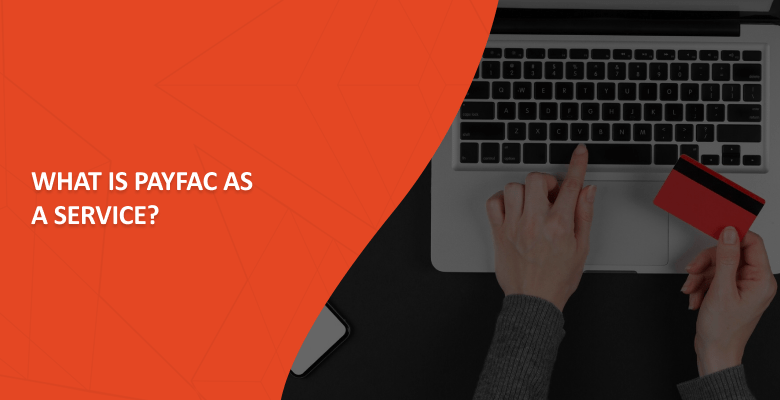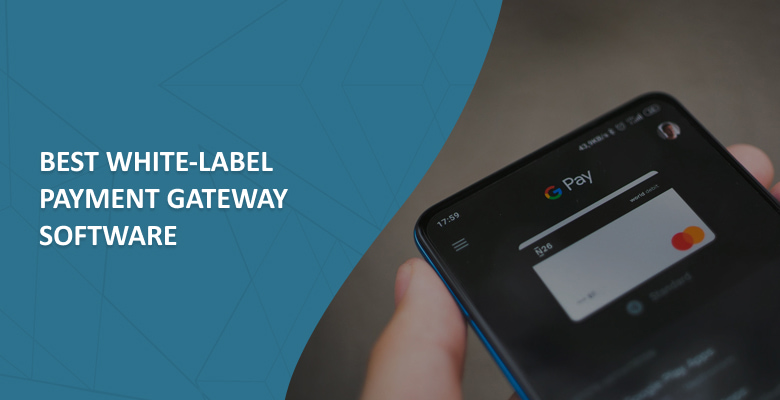
Navigating the dynamic landscape of the online payments industry with its multitude of key players can be challenging in understanding their functions. A payment facilitator, commonly known as a payfac, occupies one of the central roles within the payment processing ecosystem, yet it causes significant confusion.
To clarify the matter, we will offer a clear and comprehensive explanation of what is a payment facilitator, its primary functions and business model in this complete guide. We will also explain how to start payfac and how a pay fac can maximize profits.
What is a payment facilitator?
Simply put, a payment facilitator acts as an intermediary between merchants and a payment processor or acquiring bank that handles the actual processing of the transactions. But to fully uncover the role and significance of payfac in the broader landscape of digital transactions, we need to delve into the context of businesses’ online payment acceptance.
To start accepting payments for goods and services online, merchants need a merchant account. Previously, they used to establish an account with a merchant acquirer, either a bank or a bank-sponsored entity, to obtain one. This procedure was incredibly time-consuming and challenging for merchants as they had to undergo a thorough application review by acquiring banks, including background checks, creditworthiness assessments, and business risk evaluation.
Recognizing merchants’ challenges in navigating intricate procedures, payfac companies emerged. By acting as intermediaries, they aim to alleviate the burdensome tasks associated with merchant account setup with pre-established relationships with acquiring banks and a seamless onboarding process. As payment facilitators evolved, they became comprehensive solutions that cater to merchants’ diverse requirements, offering a complete suite of services to enhance their overall payment experience.
Payfac: Business model
Simplifying the payment acceptance process for merchants is the key to the payfac business model. With every merchant seeking seamless payment processing, stepping into the payment facilitator role has become especially profitable in recent years. Payment facilitators have access to multiple sources of income, including transaction fees, account setup or annual fees, and value-added services, among others. Yet, to handle transaction processing, payfacs require a financial license, compliance with regulatory requirements, and authorization to handle monetary flows.
Payfac’s business model includes the following elements:
- Aggregate multiple merchants under payfac’s master merchant account, consolidating transaction volumes and streamlining operations.
- Reduce the time and effort required for merchants to accept payments with a simplified onboarding process.
- Manage risk and underwriting sub-merchants to ensure compliance and minimize fraudulent activities.
- Handle transaction processing, including authorization, settlement, and reconciliation of funds.
Within the intricate internal mechanics of digital payments, there is often a tendency to confuse the role of the payment facilitator with other entities in digital payments industry. Confusion often arises when distinguishing ISO vs. Payfac. However, their functions are different. Let’s figure it out!
ISO vs. Payfac: What’s the difference?
Independent Sales Organization (ISO) is a third-party entity that partners with payment processors or acquiring banks to facilitate merchant services. ISO serves as an intermediary between merchants and acquiring banks, taking responsibility for essential functions such as merchant onboarding, sales, customer support, and other value-added services for merchants. They earn revenue through commissions based on their merchants’ payment processing volume. But ISOs do not handle financial flows or make direct payments to merchants. Thus, in the ISO model, funds from the client are directed to the acquiring bank, which transfers them to the merchant directly.
To gain a comprehensive understanding of ISOs and MSPs (Merchant Service Providers), their respective functions, and the avenues for earning potential, read the article here.
Although a payment facilitator can also offer such services as merchant onboarding, customer support, reporting, analytics, and others, the key distinction lies in its ability to handle financial flows and directly remit funds to merchants. This way, a pay fac assumes the role of transaction processing, taking charge of monetary transactions. In the payfac business model, funds are transferred from the client to the acquiring bank. From there, the acquiring bank transfers the funds to the pay fac, which subsequently transfers the funds directly to the merchant, receiving a percentage of transaction fees.
Now that the confusion has been cleared up let’s delve into the practical aspects of becoming a payment facilitator.
How to start payfac?
Becoming a payment facilitator involves navigating the various intricacies and requirements that may vary from your region and respective financial institution. For your convenience, we have consolidated all the main steps below.
- Navigate the current payments landscape, key industry trends, and customer needs.
- Obtain the necessary financial licenses and security compliance for your organization, such as a Money Services Business (MSB) or Payment Card Industry Data Security Standards (PCI DSS).
- Partner with acquiring banks and financial institutions that will process payments on your behalf and establish processing terms and fee structures.
- Develop an effective mechanism for managing your sub-merchant portfolio if you intend to register sub-merchants under your own Merchant Identification Number (MID).
- Partner with a reliable payment software provider or build a secure and scalable payment infrastructure on your own.
- Implement robust risk mitigation and a procedure to assess and manage merchant risks and evaluate their creditworthiness and compliance.
- Develop an efficient onboarding process for merchants and maintain ongoing support, including customer service, dispute resolution, and account management.
- Organize a well-structured system for sub-merchant funding to ensure timely and accurate distribution of funds to your sub-merchants while also managing factors such as reserves, fees, and potential chargebacks.
- Keep strict adherence to compliance regulations, data security standards, and anti-fraud measures, and renew certification regularly.
- Continually improve your business, explore partnerships, new markets, and value-added services to stay competitive in the evolving payment landscape.
In addition, it is crucial to determine your business’s income sources. One of the significant revenue streams is a white-label payment gateway partnership.
How white-label payment software can benefit payment facilitators?
White-label payment software is a payment solution developed by one company specifically for the purpose of being rebranded and customized by another company to distribute it to merchants under their own brand. It is an efficient solution for payment facilitators who prefer not to invest substantial time and resources in developing a payment system from scratch yet want to distribute their own branded software, maximizing their revenue with it.
Akurateco offers robust and up-to-date white-label PayFac as a Service, delivering advanced features and comprehensive solutions for payment facilitators. Using our software as an example, we will explore how it can benefit a payfac.
Zero development and maintenance costs
By adopting a white-label PayFac as a Service, a payment facilitator can eliminate the need to develop their own payment system from the ground up and avoid the ongoing responsibilities of system maintenance, upgrades, and compliance renewals. It is because the white-label software provider assumes full responsibility for these aspects, allowing the pay fac to focus on their core business operations and rely on a solid, up-to-date payment system.
Additional revenue stream
The primary advantage of white-label payment software for payment facilitators lies in its ability to unlock multiple sources of additional revenue generation. Payfac companies can earn revenue by charging their merchants a percentage or fixed fee for each transaction processed through PayFac as a Service. Then, as their merchants’ transaction volumes increase, so does the revenue potential for a payfac. Furthermore, pay fac will be able to generate revenue through monthly fees, technologies, and customization services offered to merchants.
Rapid time-to-market
When comparing the timeline of building custom payment software, which typically requires at least six months before generating profit, opting for a white-label option offers a distinct time-to-market advantage. It can be configured to pay fac’s specific requirements in just a few weeks, enabling them to earn profit from the first month of implementation. Consequently, PayFac as a Service significantly reduces time-to-market and allows payment facilitators to generate profits much faster.
Advanced payment technologies
Payment facilitators’ clients can benefit from a range of advanced technologies offered by white-label software providers that add significant value. Akurateco provides intelligent payment routing, cascading, built-in payment analytics, risk management, tokenization, smart invoicing, and more. These cutting-edge technologies are designed to enhance revenue generation and reduce processing costs for merchants. By incorporating these technologies into its offerings, a payfac can differentiate itself in the market, strengthen its business reputation, and drive greater profitability.
In outline
With the increasing shift of businesses to the online realm, there is a rapid and escalating demand for payment facilitators to simplify and streamline payment processing for merchants. However, the digital payments market is already crowded, making it crucial to differentiate yourself and make a lasting impression to become a successful payfac. PayFac as a Service can be the key to this goal.







